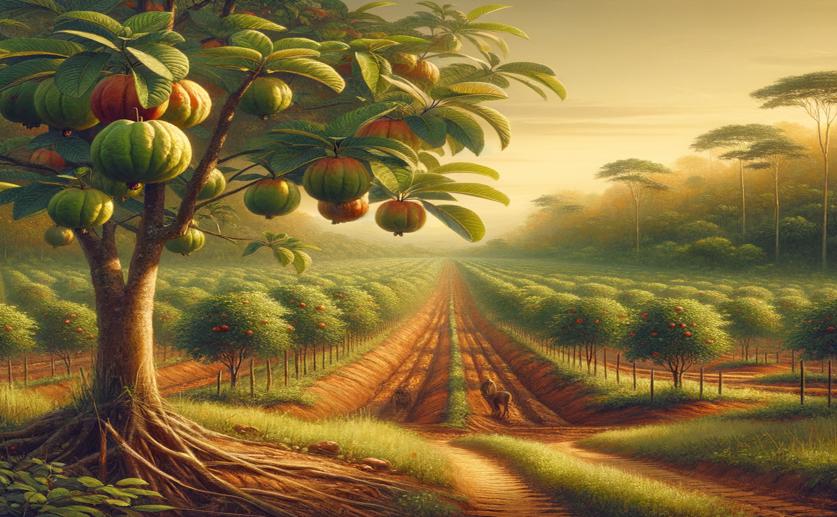
Genetic Studies Reveal Amazonian Roots of Guava Cultivation
Greg Howard
11th July, 2024

Image Source: Natural Science News, 2024
Key Findings
- Researchers from Universidad Nacional Autónoma de México studied 215 guava plants from 11 countries to understand their genetic diversity and origins
- They found one gene pool in Mesoamerica and four in South America, indicating significant genetic differentiation among regions
- The study suggests that guava was likely first domesticated in Brazilian Amazonia and then spread to other regions, providing the first evidence of guava domestication in the Americas
References
Main Study
1) Genetic analyses and dispersal patterns unveil the Amazonian origin of guava domestication.
Published 8th July, 2024
https://doi.org/10.1038/s41598-024-66495-y
Related Studies
2) Genomics: a potential panacea for the perennial problem.
3) From forest to field: perennial fruit crop domestication.
4) A Mesoamerican origin of cherimoya (Annona cherimola Mill.): Implications for the conservation of plant genetic resources.



 21st June, 2024 | Jenn Hoskins
21st June, 2024 | Jenn Hoskins